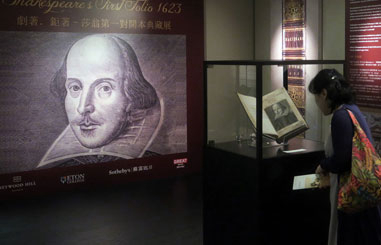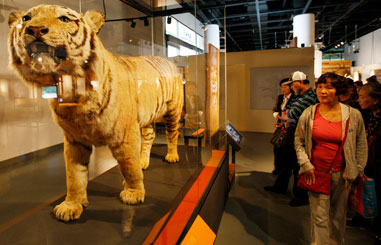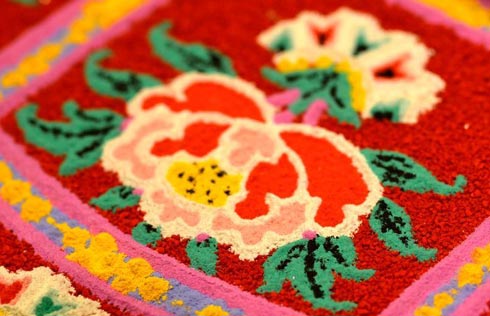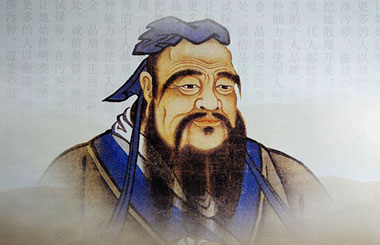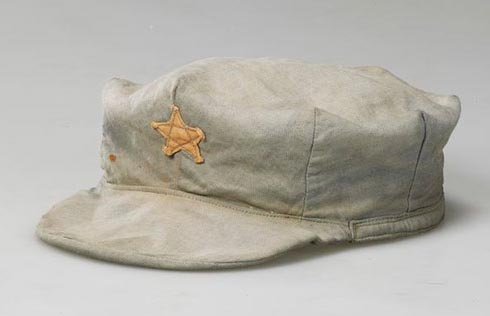Creative convergence: Melding East and West
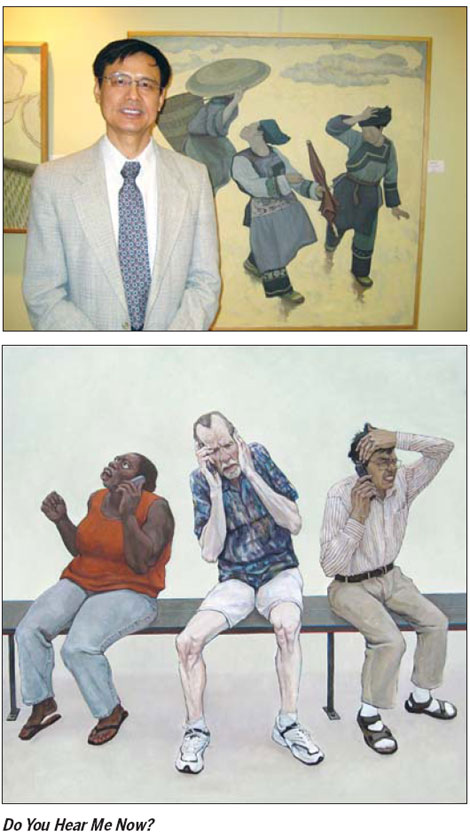
The paintings of Chun Arthur Wang combine the cultural traditions of his own life, Li Fusheng reports.
|
 |
|
 |
|
 |
Art aficionados usually have a preferred genre. But Chun Arthur Wang's works are attracting a diverse audience as the Chinese American oil painter blazes a new trail in oil painting.
"Though I live in a Western environment, what truly inspires me is traditional Chinese culture. The longer I live in the US, the more I miss Chinese culture," said Wang, a professor of fine arts at the Columbus College of Art & Design in Ohio.
Trained as a realistic oil painter at the Central Academy of Fine Arts in China, Wang moved to the US in 1992, where at Columbus he obtained his second bachelor's degree in fine arts. Later he earned a master's degree in fine arts at the University of Colorado at Boulder.
In 2004, after 12 years of living in the US, he started to explore innovative ways to blend East and West by combining oil painting media with techniques from traditional Chinese painting.
He has since established his own style, which includes more smooth brushwork, delicate details and weakened contrast of light and shading - lending his oil paintings an air of Chinese elegance.
One of his signature works is Do You Hear Me Now? Created in 2010, the painting borrowed its title from a popular commercial for cell phones in the US. It portrays three fretful people of different races speaking on their cell phones, isolated from one another while sitting on the same bench.
"The cell phone has become something indispensable in our life, but it at the same time has caused problems," Wang said.
He said the work was created to reflect the indifference, anxiety and suspicion often prevalent in cities, where people are more inclined to chat over the phone than start a conversation with those around them.






